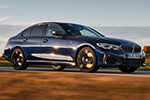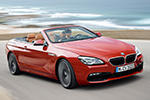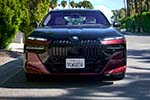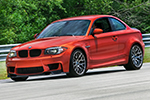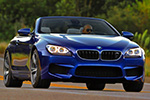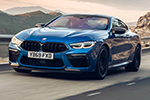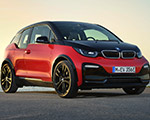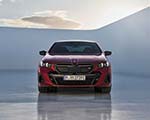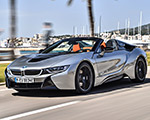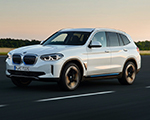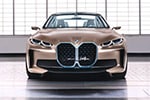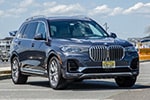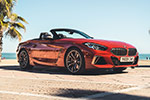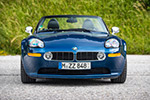Automakers are caught between a rock and a hard place. They must continue pushing electric vehicles to meet increasingly stringent emissions regulations, or risk massive fines in the European Union. Yet EVs remain notoriously expensive to produce, mainly because battery costs are still high. More often than not, carmakers lose money selling a vehicle without a combustion engine. With some exceptions, ICE models remain far more profitable than EVs.
BMW, however, believes it has found a way to achieve margin parity between two models in the same segment, one electric and the other gasoline-powered. The new iX3 is projected to generate approximately the same profit as the X3. Chief Financial Officer Walter Mertl told Reuters the “NA5” has a real chance of being as profitable as the “G45.” It could happen as early as next year. However, the electric SUV’s first full year on sale with global availability will be 2027.
That would be a significant milestone for BMW, considering the previous-generation X3 was its best-selling product in 2024. Bolstered by a strong spec sheet, fresh design, and next-gen technology, the iX3 is shaping up to be a popular model in its own right. Its appeal will broaden once more affordable versions slot below the initial 50 xDrive. An entry-level 40 sDrive priced under $55,000 has already been confirmed, with an xDrive equivalent also on the way.
Mertl believes the iX3 and upcoming Neue Klasse models will be crucial to reinvigorating sales in China, BMW’s largest market: “We are more than competitive with this product. With increasing availability of the Neue Klasse, we will see growth in China again. Looking at our future model range, I’m not worried.”
Still, even as BMW pushes ahead with EVs, it is far from abandoning combustion engines. CEO Oliver Zipse told Politico that the EU’s 2035 sales ban on new vehicles with conventional powertrains would be a “big mistake.” He argued, “We do ourselves no favors by setting arbitrary future dates by which all industries must adapt.”
BMW is standing by its goal for EVs to account for at least half of its annual sales by 2030, but maintains it is too soon to declare an end date for combustion engines. With that in mind, the company has invested in its inline-six and V8 engines to make them compliant with Euro 7 standards. Its three- and four-cylinder powertrains are also set to remain for the long haul. The four-pot could even power a Mercedes one day.
Next year’s fully electric i3 “NA0” will not replace the traditional 3 Series sedan. An eighth-generation model, codenamed “G50,” is launching shortly after. However, the gas-powered wagon may not survive into the “G51” generation. Instead, BMW is reportedly preparing an i3 Touring, designated as “NA1.” Even so, the lineup will continue to offer a broad mix of powertrains, catering to nearly every type of customer.
Whether ICE or EV, all upcoming models will be Neue Klasse, following the biggest single investment in BMW’s history. More than 10 billion euros have been spent to roll out 40+ new or updated cars by the end of 2027.

















































































